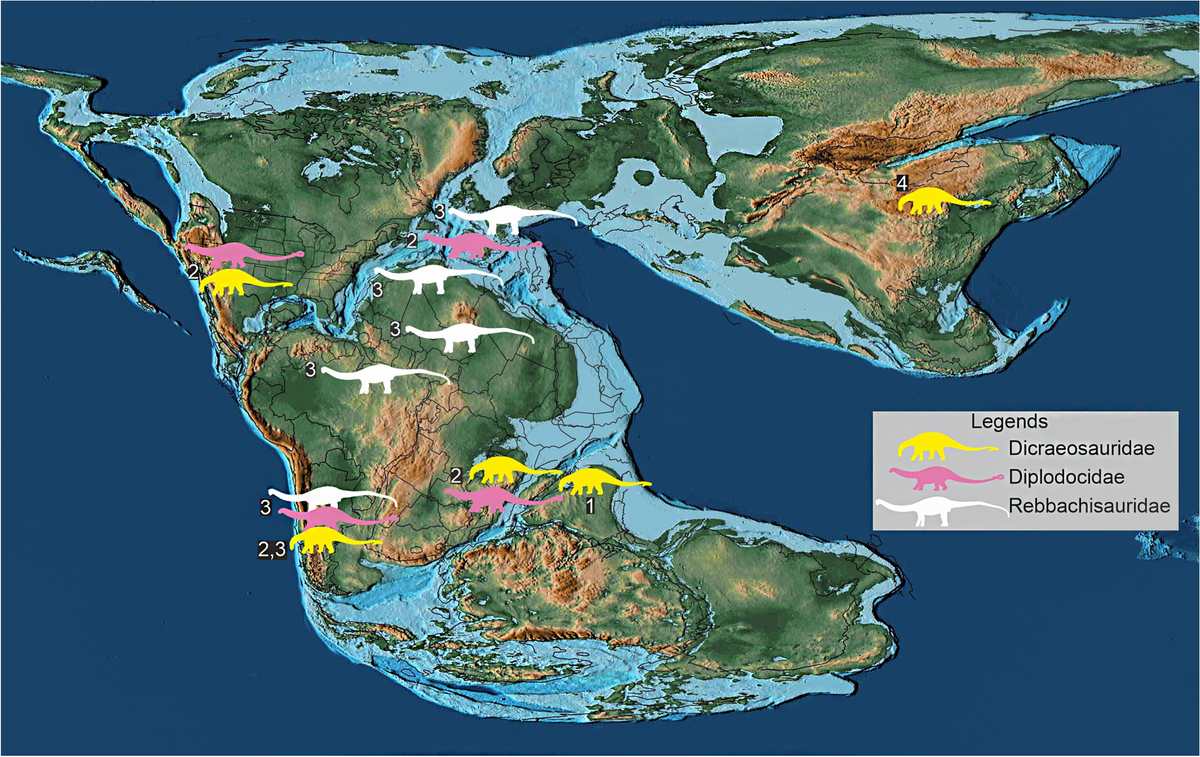The Hindu’s weekly Science for All newsletter explains all things Science, without the jargon.
(This article forms a part of the Science for All newsletter that takes the jargon out of science and puts the fun in! Subscribe now!)
For all the giant strides science has made in the last few decades, the birth of new life still holds many mysteries. Reproduction is an essential feature of (most) biological life and plays a starring role in how evolution progresses. Understanding it is crucial for researchers to unravel how it originated, how life sustains it, and how it could change over time.
A recent study led by Dustin Marshall, an ecologist and evolutionary biologist at Monash University in Melbourne, took aim at the energy cost of reproduction. The team found that previous mathematical models had drastically underestimated the energy required to reproduce. In humans in particular, they determined, the energy cost could be up to 24-times greater than previously believed.
To get at this value, the team reviewed scientific studies from the 1930s to the 2000s. They focused on energy expenditure data for pregnant and non-pregnant females across 81 species, including rotifers, fish, snakes, and humans. On the way they analysed both direct costs (energy stored in the offspring) and what they said was the oft-overlooked indirect costs mothers bore during pregnancies.
Some previous studies had acknowledged the indirect costs and estimated it to be 5-25% of the total energy expenditure. But Marshall et al. reported that for mammals, indirect costs often accounted for as much as 90% of the total energy expense. Among humans, indirect costs accounted for some 96% of the estimated 50,000 kilocalories required to reproduce.
Springboarding off a 2004 study, the researchers also estimated the metabolic rate of humans before and during pregnancy. To do this, they tracked the amount of oxygen a woman could inhale and the amount of carbon dioxide she could exhale. From this they estimated the extra energy required during pregnancy. Finally, they combined the indirect and direct costs, derived from the energy ‘contained’ in the newborn to estimate the total amount of energy spent during a pregnancy.
When the team compared energy expenditures across species, they found significant differences between endotherms (or “warm-blooded”) and ectotherms (“cold-blooded”). In ectothermic species, the indirect costs were lower by 4x; in those that laid eggs, by 2x. This disparity, the researchers said, was centred on the physiological differences between the ways in which species allocated energy for reproduction.
One significant implication of this research is its potential to change the course of evolutionary theories — particularly by informing researchers’ understanding of how many offspring a given animal will or could produce and the preference (if any) for having live births over laying eggs. Understanding the true energy demands of reproduction is also important to predict how species might respond to global warming.
From the Science pages
Question corner
Flora and fauna
Published – October 23, 2024 05:39 pm IST











